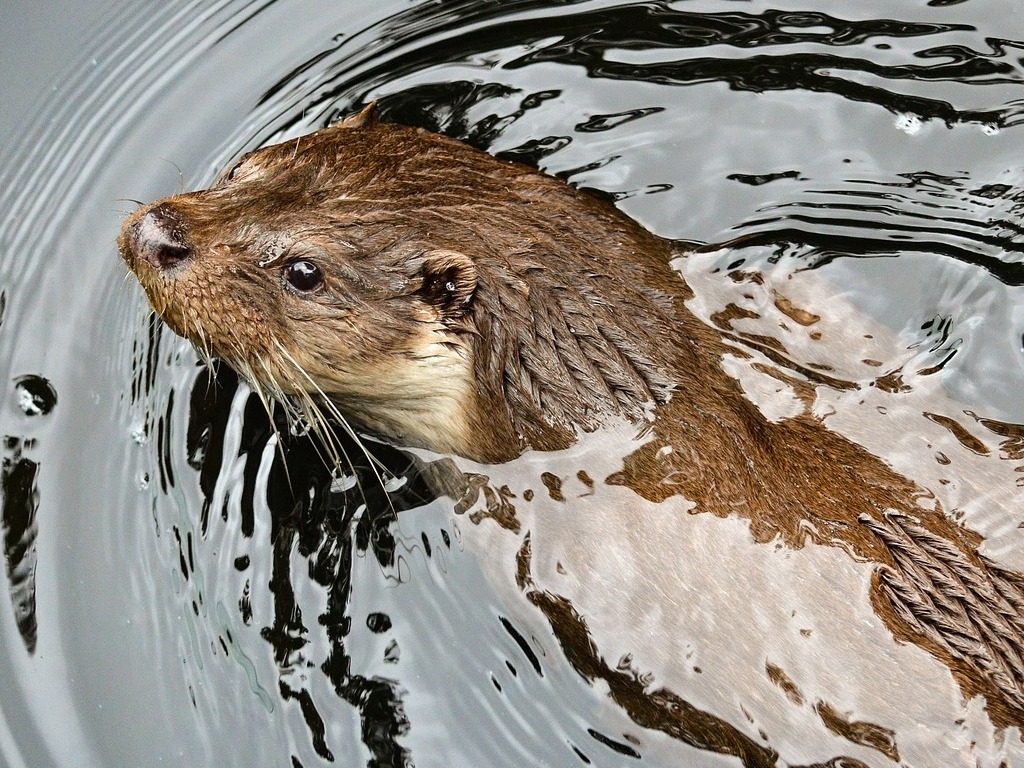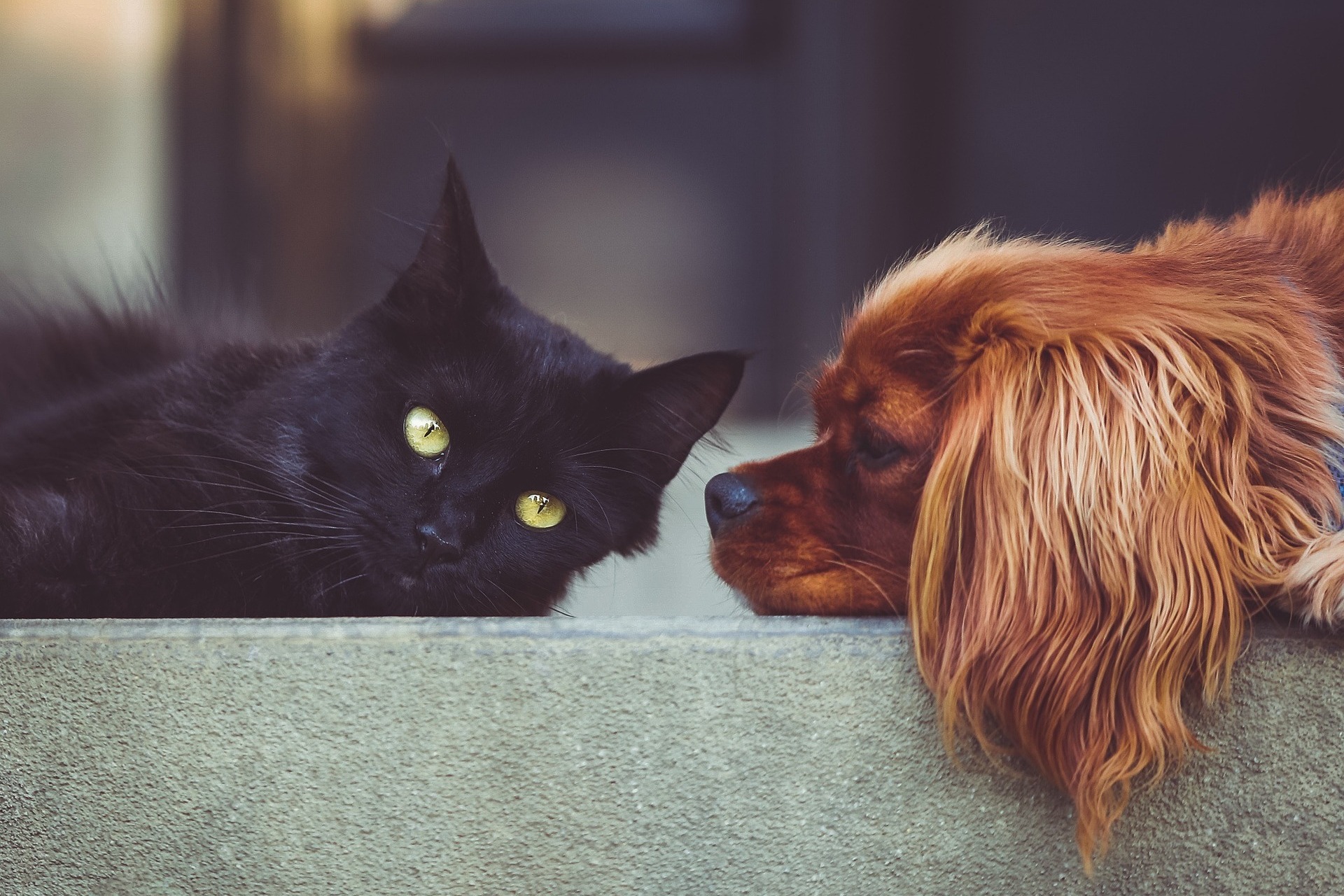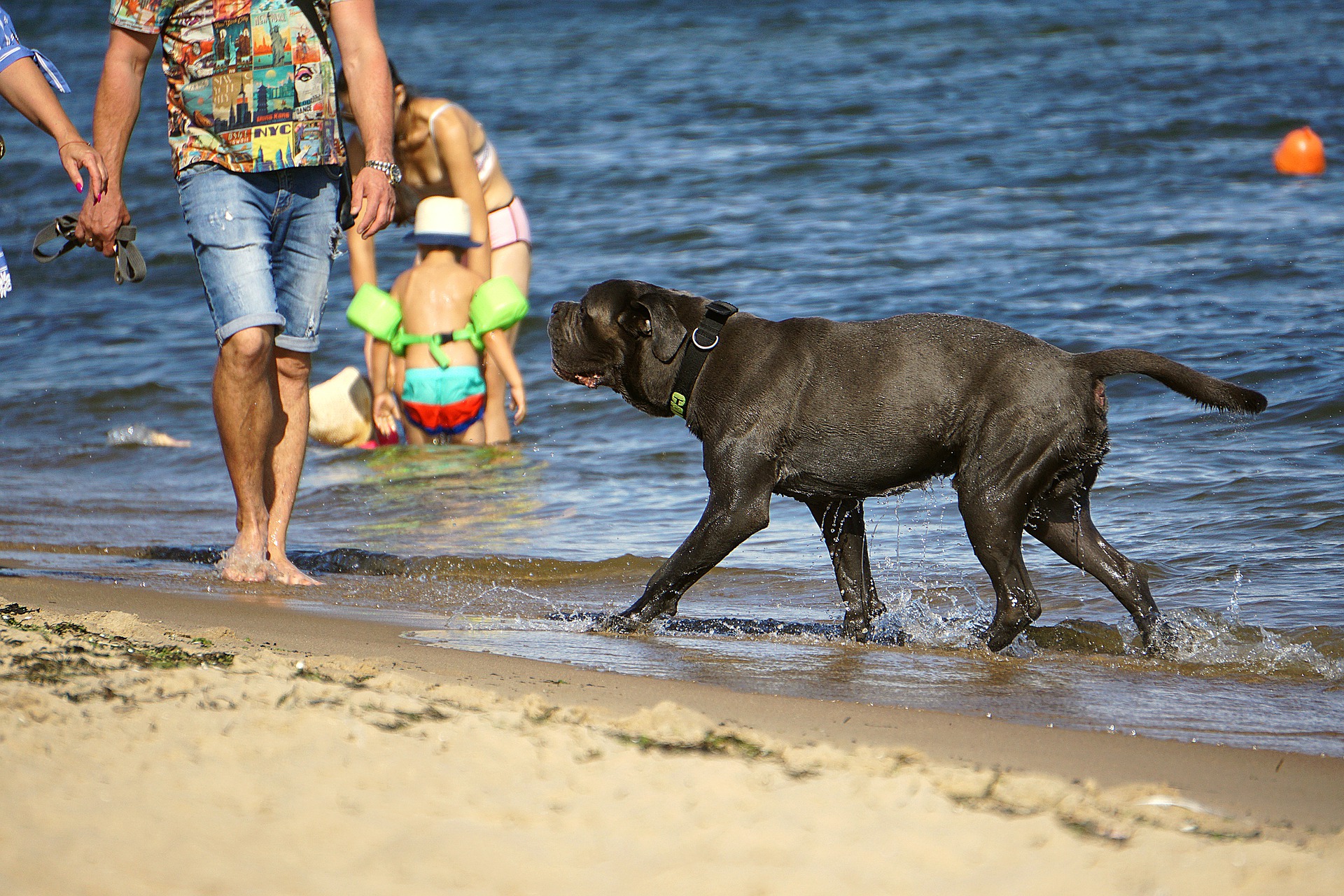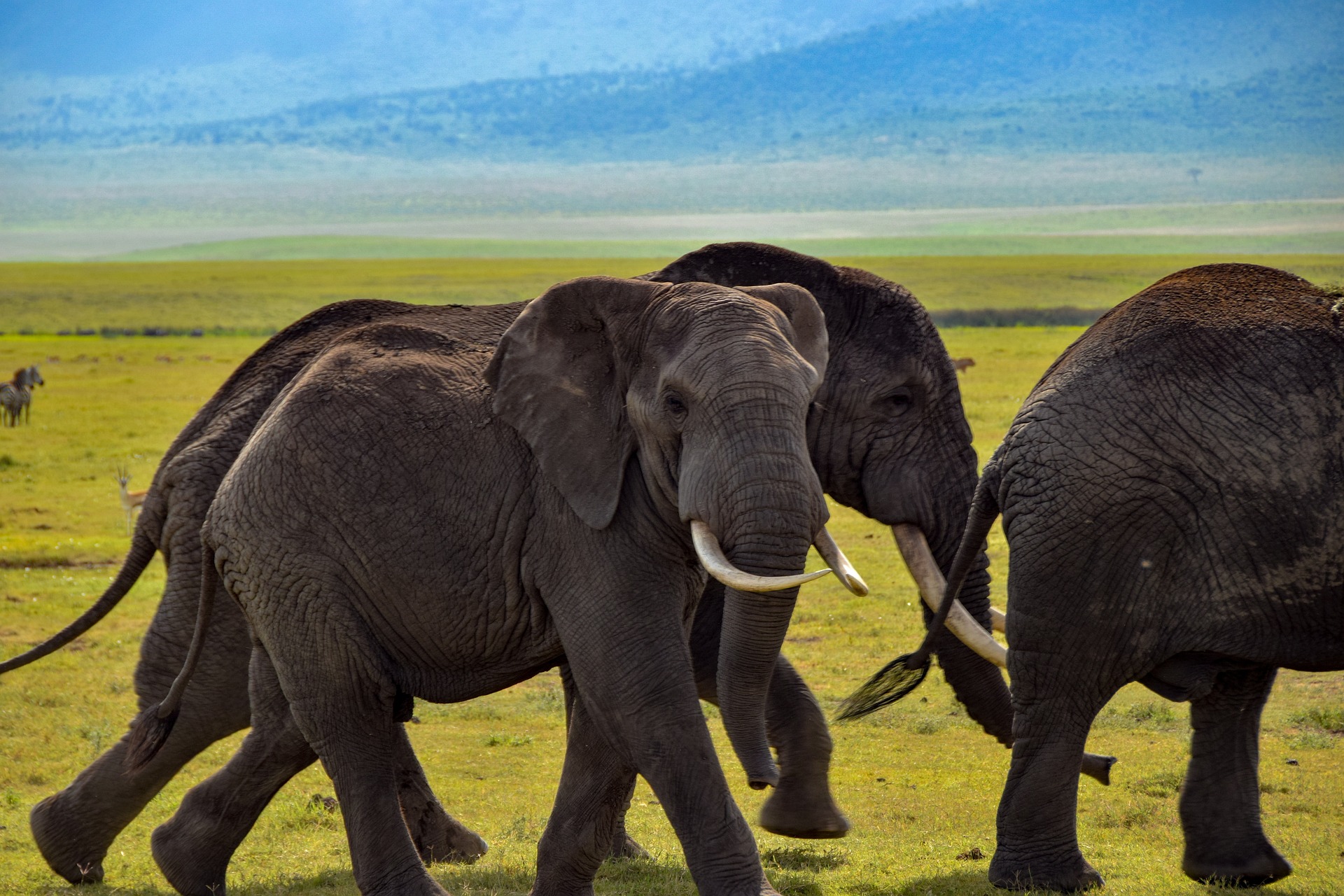Did you know that otters are whistling? This article will discuss it and more wonderful details about otters. This article is based on research by Mr. Nandana Athapatthu, the former Deputy Director of the Sri Lanka Wildlife Conservation Department who worked for over thirty years.
An otter is a small mammal that lives mostly in water. This animal belongs to the genus Mustelidae. There are about 13 otter types. (except Australia and Antarctica). Eurasian Otter species can be found in Sri Lanka. Being a nocturnal animal, the Otter is rarely seen during the day. Although otters live near many freshwater lakes and rivers in Sri Lanka, it is considered a difficult animal to see due to its nocturnal behavior.
The otter that lives in Sri Lanka looks similar to a mongoose. Its body is long. The face is flat. There are long whiskers on both sides of the mouth. The body is light brown. Both sides of the belly are gray. There is also a long tail that gets thinner towards the end and it helps to get the necessary strength and balance while swimming.
What kind of places do otters live in?
The otter inhabits freshwater streams, lagoons, and estuaries. One of the reasons for living near water is that the Otter loves to dive and swim in running water streams. They eat fish, crabs, frogs, and sometimes waterfowl. Otters do not live in herds. But sometimes Otters gather in herds to catch fish.
The legs of otters are short. But they can run as fast as a dog. Sometimes it stands on its hind legs like a mongoose and looks around. They have 4 claws on their front feet and, 5 on their back feet. Otter’s toes are webbed together like a duck’s, making swimming easy. Its teeth are arranged in the same way as the teeth of a normal mammal.
How does otter breeding happen?
The most interesting behavior of otters is inviting a mate by whistling. This behavior of an otter is a fairly rare sight to see. In this YouTube video, you can see the behavior of an otter animal.
We saw this otter behavior in the Horton Plains National Park in the mountainous region of Sri Lanka. While walking in Horton Plains National Park, we saw a couple of otters who behaved a little differently near a canal. The couple of otters who stood on their hind legs, shaking off the water in their bodies started to fight at once. Suddenly, the male animal whistled and jumped back into the water. Then the female animal, which is quite small in body size, also jumped into the water. After a while, the couple climbed back onto a rock and started fighting. They were not fought with anger. This is how the otter couple shows intimacy. One bit the other, but no blood was shed. Finally, the female otter lay on the rock and consented to the male.
How do otters take care of their newborn cubs?
Like other wild animals, the male otter does not leave the female after mating. Otter’s gestation period is about 60-70 days. The male protects the female throughout the pregnancy. A female otter usually gives birth to one cub at a time. Birth often takes place in a den near a reservoir or stream. Sometimes it can be in a den between the roots of a tree. If they cannot find a natural place, they make a nest with sticks. There is more than one gate in these dens. One of the gates is necessarily directed towards a reservoir or stream.
After the otter cub is born, the couple lives in the den with the cub. A mother otter leaves her cub alone only when she is hunting. At that time the Otter male takes care of the cub. But if the cub screams because of the need for breast milk, the mother otter will stop hunting and come to the den to breastfeed. Cubs usually drink breast milk for about 3 months. But after about a month of birth, the cub goes hunting with its mother. After the cub grows up and finds a mate, it leaves the den. But the mother and father live in the same den.
Benefits of otter to paddy farmers.
Freshwater fish that live in muddy fields dig the ground to lay eggs and shelter their young. As they turn the soil, the roots of the plants are damaged and the plants get destroyed. Otters hunt these kinds of freshwater fish. Therefore, the fish breeding is reduced and the crop damage is minimized. This is an advantage that Otters get to the paddy farmer.
Losses to freshwater fishermen due to the otter.
Otter activities are beneficial for paddy farmers, but not for fishermen. The reason is that the otters catch the fish trapped in the fishing nets thrown by the fishermen in the reservoirs. Sometimes otters come to shrimp breeding places located near lagoons. They kill a large number of shrimps at once. This is a huge loss to fishermen.
What are the threats to the otter?
The lifespan of an otter living in the natural environment is between 12-15 years. In some countries, otters are kept as pets. So the lifespan of otters raised in houses and otters living in zoological parks can be several years longer than that. However, the otter is an endangered animal. There are 2 main reasons for that.
The first reason is water pollution. Due to the use of insecticides and chemical fertilizers, harmful chemicals are added to the water. It is a threat to the existence of this animal. The second reason is that otters get trapped in the fishing nets of freshwater fishermen. Otter is an animal that likes to swim and dive in water. They always dive into the water to find food. So in such cases, they can suffocate and die due to trap in fishing nets.





